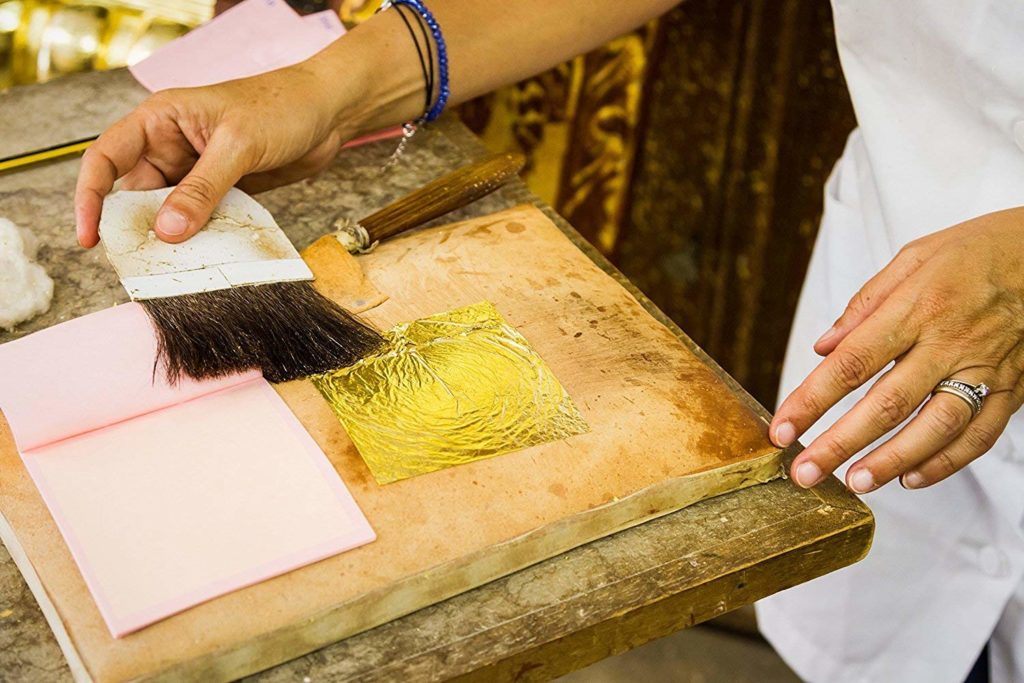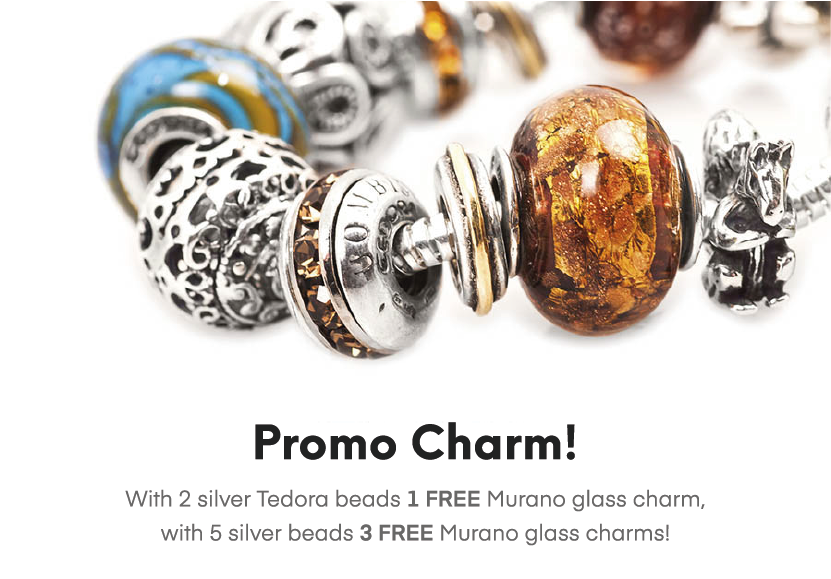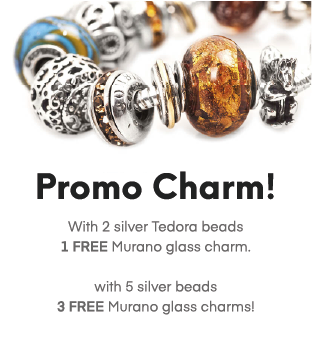Lampwork
Glass from the island of Murano, also known as Venetian glass, processed using the lampwork technique is utilised in the production of small objects such as crockery, decorative items and jewellery. The glass is made by hand on an open flame and gradually cooled in small furnaces. It is then embellished with 24k gold leaf, silverleaf and enamel.
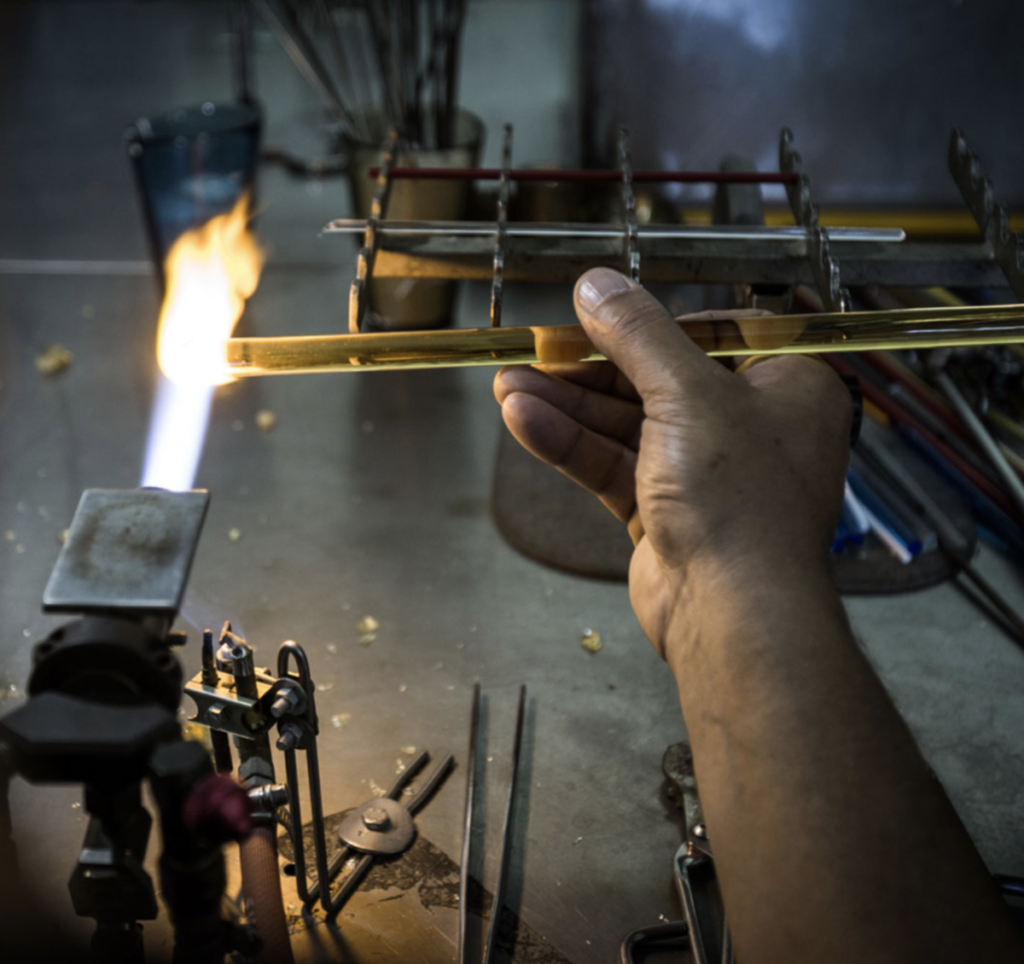
“Piastra” (Plate or Fused Glass)
This is an ancient technique, which is also used for making mosaic. The plate glass is created by fusing together large sheets of colour and glass known as “piastre”, which are decorated with either gold or silver leaf and subsequently covered with multicoloured glass. These are then cut whilst still hot in order to create small pieces of jewellery (pendants, rings, earrings or small decorative items such as frames, plates, etc).
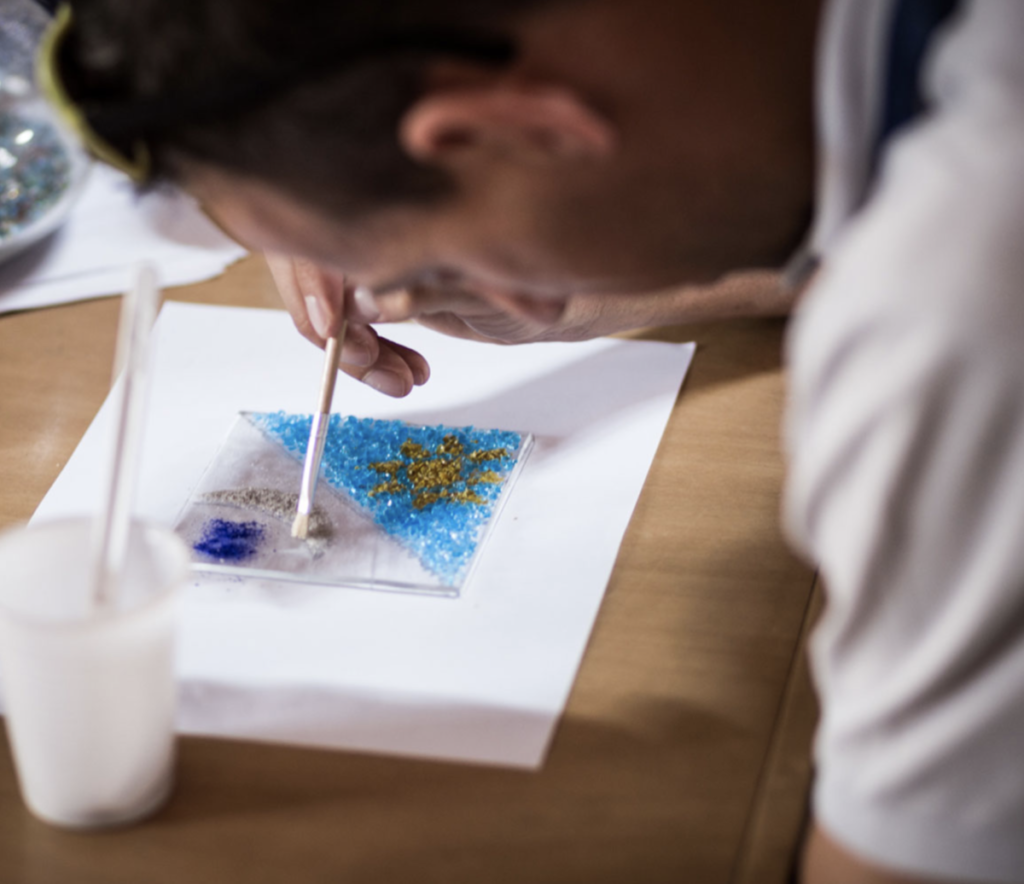
Blown Glass
Blown glass, also used for bigger pieces such as vases, lamps, and chandeliers, requires considerable, professional and artistic experience to produce refined pieces. As soon as the glass has been removed from the heat, it is collected on the blowing pipe and blown by mouth. This is then moulded and tapered using heat until the desired shape is obtained.
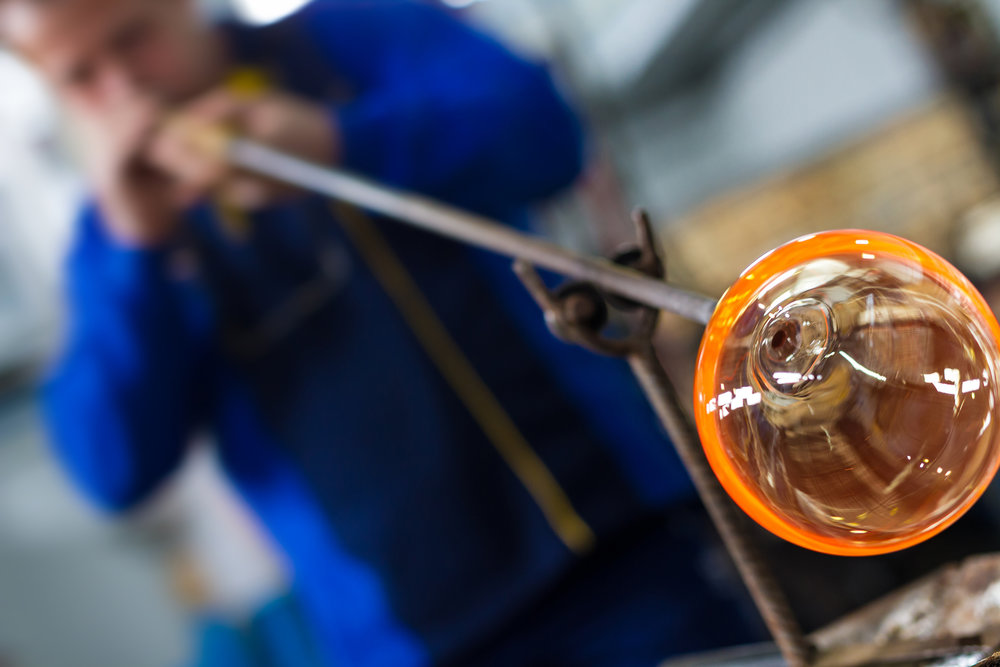
Avventurina
The term avventurina (aventurine in English) describes a type of glass that was invented in around 1620. At first sight, it is covered in countless specks of gold made from minute copper crystals. The homogeneity in the distribution of the copper crystals is characterised by the quality of this type of production.
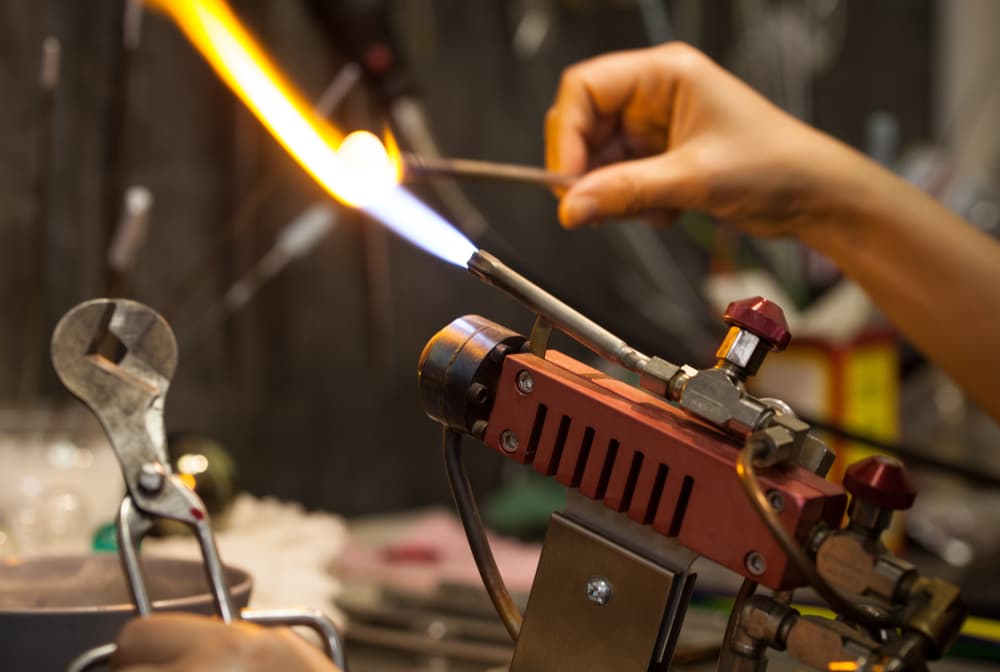
Millefiori
Millefiori (a thousand flowers) is a glasswork technique involving the production of glass canes or rods with distinctive multicoloured patterns, known as murrine, often in the form of flowers or stars. The sections that do not have patterns can be hot-fused together to create small beads, pendants, bowls or paperweights.
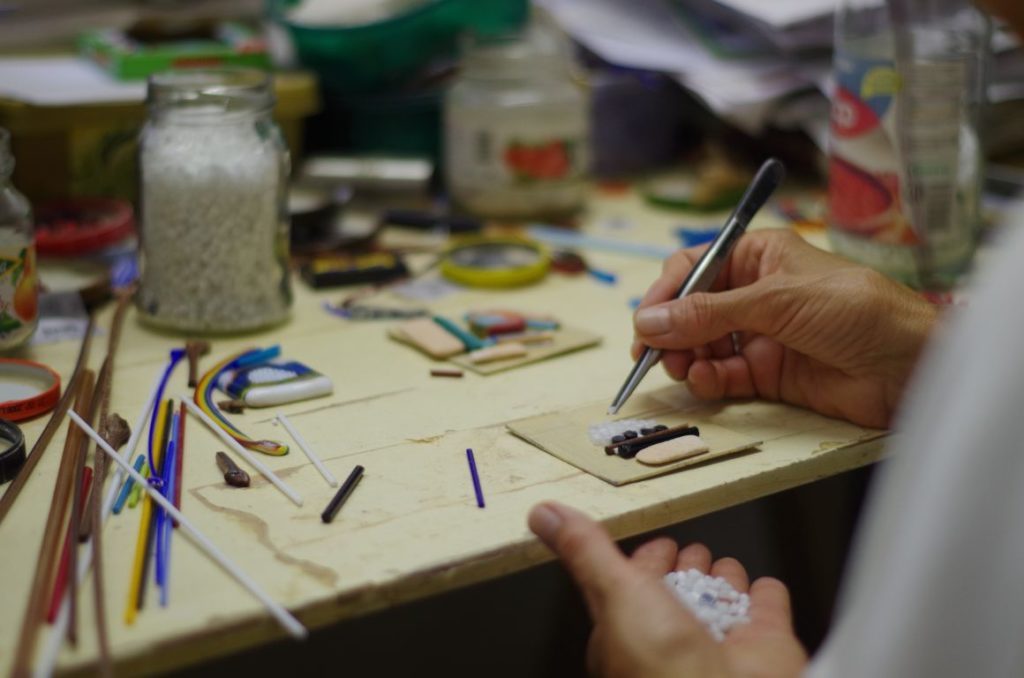
Sommerso (Sunken Glass)
This is a form of glass art from Murano which is used to create several layers of contrasting colour. The technique foresees a large ball of glass being blown and submerged in pots of molten coloured glass. The overlapping of thick transparent layers of glass creates particular and complex colour effects. This is a popular technique in the production of vases and sculptures.
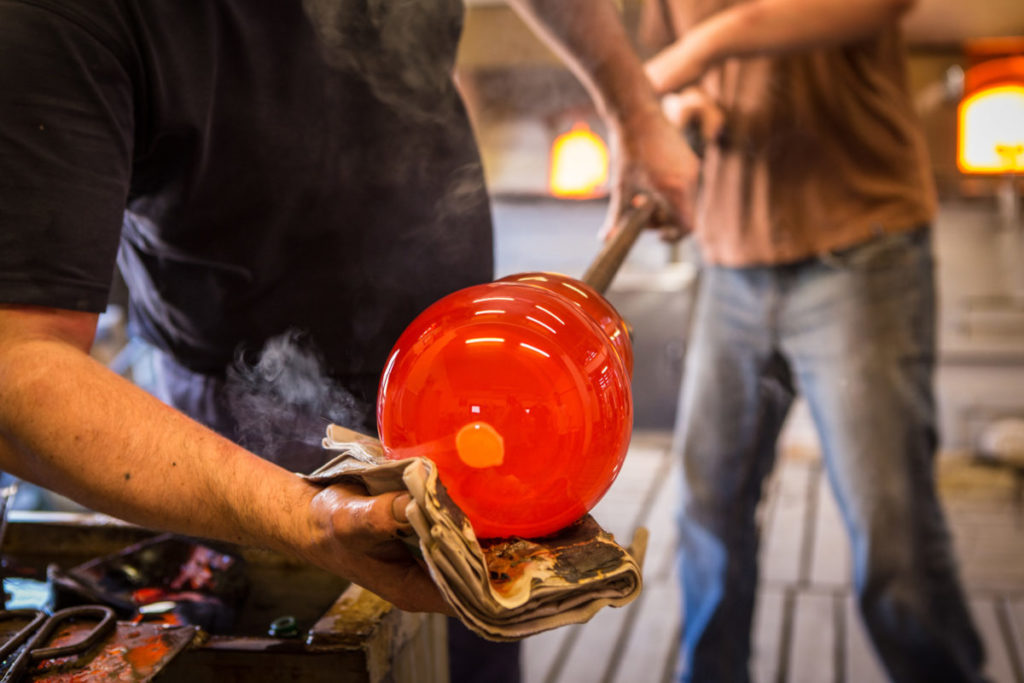
Incisione
The incision technique is ideally applied on colourless or very lightly coloured glass, employing one of two methods: diamond-point engraving or roller engraving (the latter is carried out using a vertical copper wheel and makes a deeper inscription).
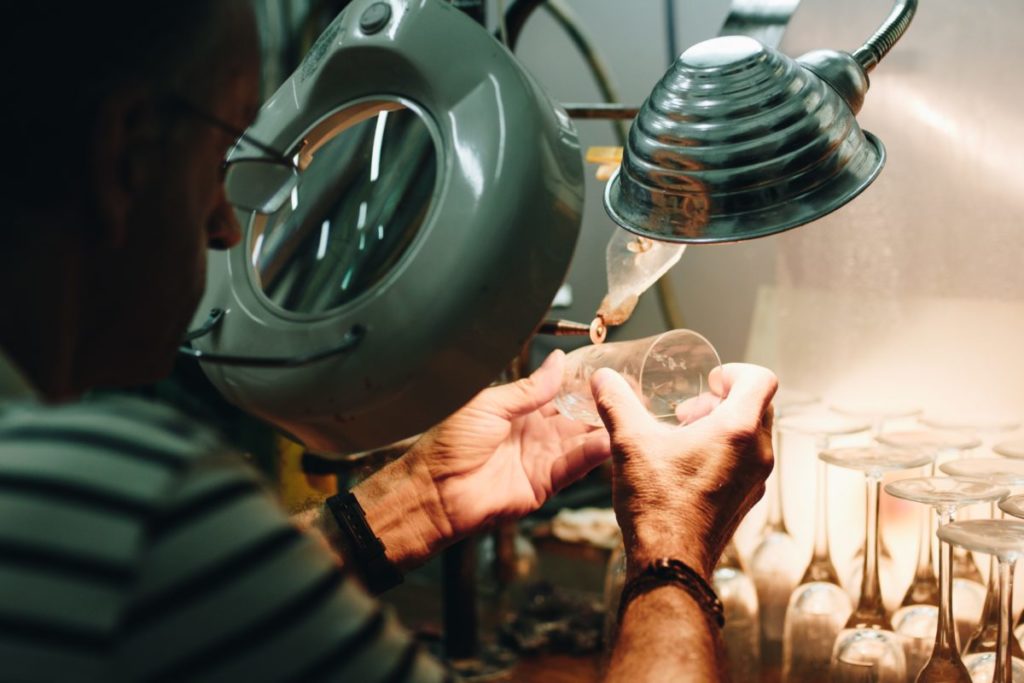
Gold or Silver Leaf
A precious technique that consists in applying a wafer-thin square foil of pure gold onto the glass while still soft. The gold can then be covered by another thin sheet of transparent glass. If the glass is subsequently blown, the gold leaf crumbles into a gold dust and gives the glass an extremely luminous effect. The oldest Murano glass creations with gold leaf, that we know of, date back to the second half of the 15 th Century. Silver leaf, on the other hand, only began to be used in the 19 th Century.
